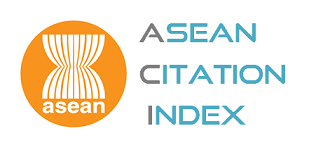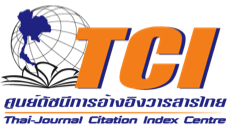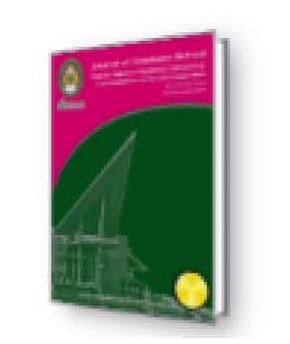TEACHING MANAGEMENT, CONSERVATION AND PRESERVATION OF BIODIVERSITY; A CASE STUDY CENTERED ON CURRICULUM DESIGN TO PROMOTE WATER RESOURCE MANAGEMENT IN MAE HONG SON PROVINCE, THAILAND
Keywords:
Local curriculum, Sufficiency Economy Base, BiodiversityAbstract
The major objectives of this research were to examine appropriate curriculum design to promote education in the fields of conservation of the biodiversity to achieve and maintain a sufficiency economy within a community. This research used a participatory action research pattern. The focus was on such issues as to preserve water quality and to minimize air pollution and to produce educational manuals for using by the local community in establishing “self-help” protocols. This research also focused on local community map construction which determined the risk points relative to fire protection in forest areas, and agricultural management using biomass fertilizers in minimizing air pollution. Data had collected by the people including teachers and students in the community, who then entered their findings into a data base which developed by the researchers, using the first phase was the drinking water quality improvement models, the conservation of water resources in the community manuals and also the prototype of improving water quality kits from their own. The second phase was the water resource management and the water resource conservation and the decreasing in air pollution in this area. The third phase was the development of the local curriculum using in monitoring the water quality by simple test method in physical, chemical and biological qualities aspects. Those were built in 1st lesson plan for Prathom Suksa VI students from four schools, Huey Phueng School, Ka Han School, Na Prajard School and Huey Pha School, who were studying the Ecosystems in the Living Environment, participated in data collection under the supervision of their teachers and the researcher team. This research indicated the benefits of teaching students in the elements of environmental management and at the same time creating teaching outcomes that got the benefit to the local community. Using students to collect data served a dual purpose of not only teaching them elements of conservation and sustainable management but also met a wider objective of performing a service to the local community, a win-win outcome for teachers, students and the community. Moreover, most of the participants in all activities had a high score in the satisfaction of proceeding activities (most score were more than 95 % from 100%). The score was for evaluating that all activities were suiTable: for the area, could apply to everyday life and the participants were agree to have all of these activities continuously done.
Downloads
How to Cite
Issue
Section
License
บทความทุกบทความที่ตีพิมพ์ในวารสารบัณฑิตศึกษา มหาวิทยาลัยราชภัฏสกลนคร ถือว่าเป็นลิขสิทธิ์ของบัณฑิตวิทยาลัย มหาวิทยาลัยราชภัฏสกลนคร









